The main thing that would stop Lotus from building its radical, futuristic Theory 1 concept is its lack of a front wiper mechanism, the company’s chief designer has said.
The 986bhp, Esprit-inspired three-seater was revealed last year as a showcase of innovative new technology and next-generation design cues that Lotus was looking to bring to future cars.
The company hasn't confirmed plans to develop it into a production car, but Lotus Group vice-president of design Ben Payne said the concept is “deliberately” a realistic design proposition and its headline features and cues are “well within the realms of reality”.
Speaking to Autocar at a new exhibition celebrating Lotus’s design DNA at the brand’s flagship showroom in Mayfair, Payne described the Theory 1 as a “scalable timeline of innovation” featuring barely any elements that make it unviable for production.
"There are things on this car which we are able to do now,” he said. “To actually put that car in its entirety into production is a bit of a stretch, but it informs the future."
He highlighted that the electric supercar’s dimensions are roughly on a par with the existing Evija hypercar – “so there's nothing here that goes beyond the normal dimensions of a production vehicle” – and said many of its radical technologies are simply new interpretations or evolutions of systems that exist in production cars already.
The ultra-lightweight AP Racing carbon-ceramic brake discs and cast aluminium calipers, for example, are simply “one generation on” from those that feature on the Evija; the super-sticky Pirelli P-Zero Elect tyres are now fitted to other production cars; and the recycled carbonfibre bodywork “can be done today; it's just down to customer demand and whether people want to engage in it”.
The highly advanced digital technology showcased in the Theory 1, meanwhile, is already in production elsewhere, “we’ve just never shown it on a sports car”. Examples include the projected head-up displays, which are “becoming more commonplace” and the electric rear-view mirrors, which are taken from the Emeya saloon, “so that’s not pushing it”.
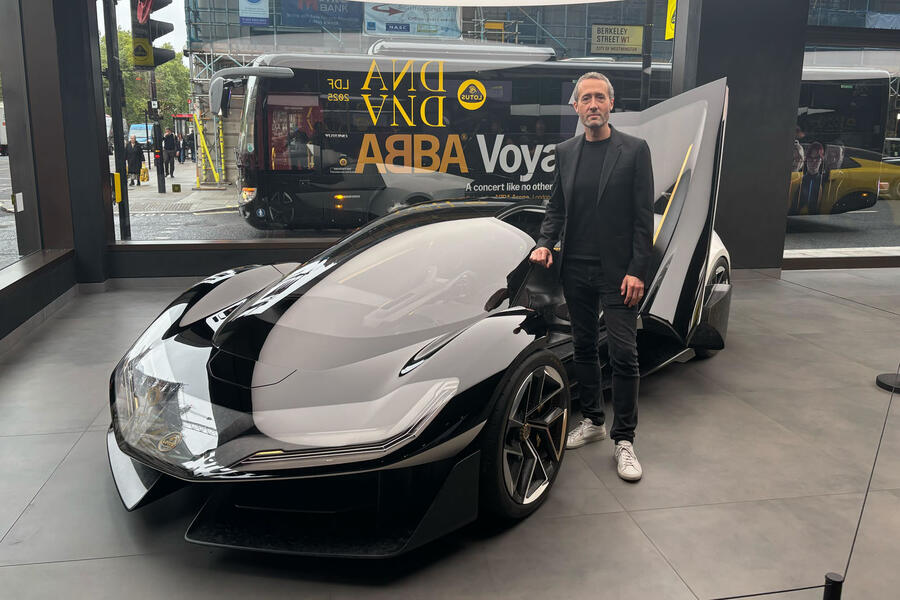
Even the three-seat cabin and revolutionary ‘grasshopper’ dihedral door system have been conceived with an eye on real-world usability, Payne explained, and the outlandish wedge-shaped silhouette and air-channeling bodywork don't come at the expense of practicality, with a small boot included behind the seats.
Asked if the Theory 1 was designed with real-world viability in mind, Payne said: "Deliberately. The wheel and tire package is directly taken from the Evija, so there's nothing outlandish in terms of how that comes together. It's a next-gen production braking system on it, but the tyre size and the wheel size is exactly what they have on the Evija. So nothing crazy."
There are only a few small obstacles in the way of Lotus being able homologate the Theory 1, Payne added.
“To be quite open and honest about it, the major challenge with this is that there's no wiper system on the car, so it would need a reconfiguration of the cowl area, move the screen back a little bit and fit a wiper for legal usage.
“But the electronic rear view mirrors and lighting systems, it's all It's next-gen thinking, basically. We've deliberately given it tangibility and credibility."
Despite its relative viability, however, Lotus has no immediate plans to build a production version of the Theory 1, as its immediate focus is on driving sales of its 'lifestyle' Eletre and Emeya EVs and restoring the company to a position of financial stability.
Payne said: "It's a showcase at this point in time about what the future is, but a core focus for the company is to reassert the brand values and now look at our evolving situation, what we're able to do, what we can do and what the market wants.
"The focus for us is to drive a bit more volume and provide a sustainable business in terms of financials. This type of car is possibly not the best way to do that.
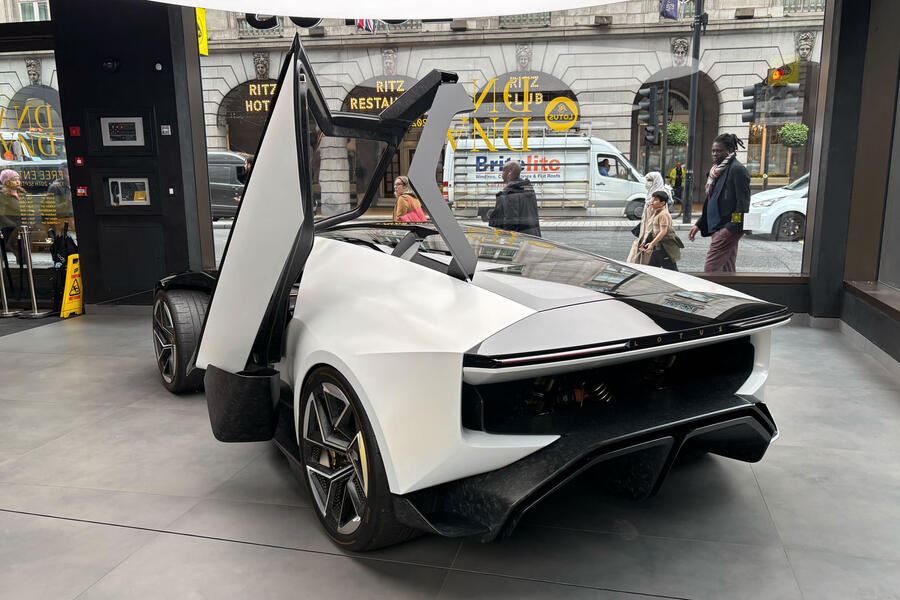
“We're looking at how to lower the price points and to get more people into our products; that would be the next step. But this serves as a bit of a North Star in many, many ways."
In its conception as a technology and design showcase that will influence future production cars, the Theory 1 is similar to a long-forgotten Lotus prototype from the early 1990s known as the SID.
Named for its focus on "structure, isolation and dynamics", the Esprit-bodied, Metro 6R4-engined SID mule was developed by Lotus Engineering in 1992 to test chassis systems that were highly advanced for the time, including four-wheel-drive, four-wheel steering and active suspension.
Engineers were able to program the SID’s dynamic characteristics using a laptop and its trick suspension meant it could allegedly corner with almost no body roll. It could even lean into corners like a motorbike.
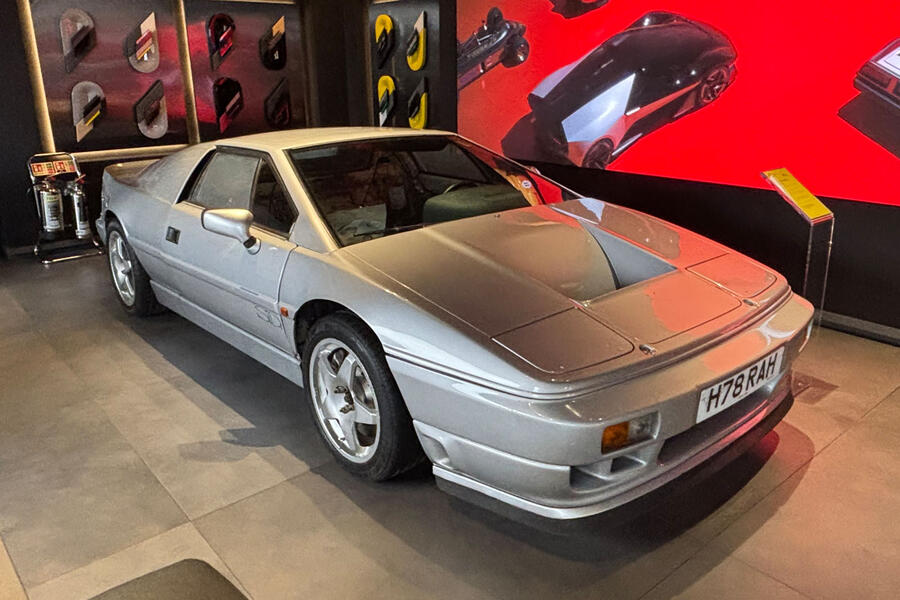
Payne said this lesser-known test mule played no small role in developing once-radical technology that would one day make it into production cars and suggested that, in this sense, the Theory 1 is its spiritual successor.
“It allowed them to separate steering from suspension and dynamics and play with all the different systems on a vehicle. Cars today have an awful lot of active systems on them; it was done an awfully long time ago."

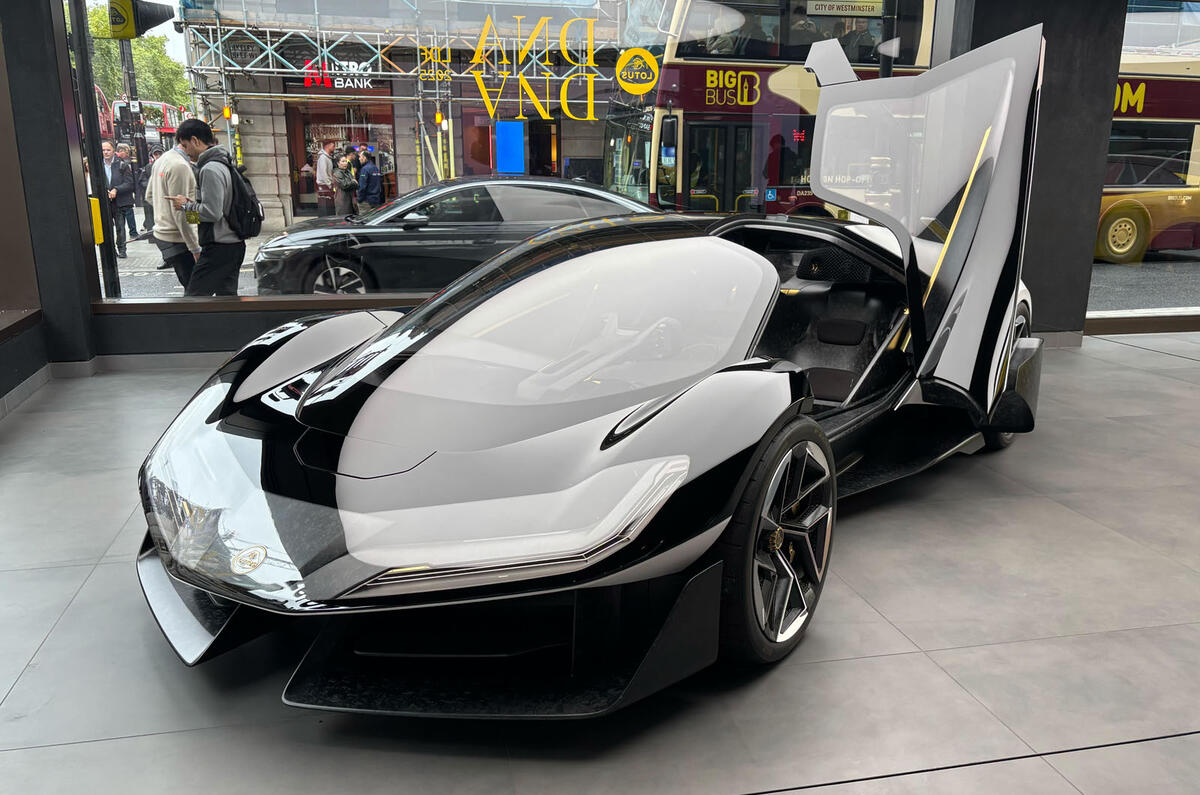
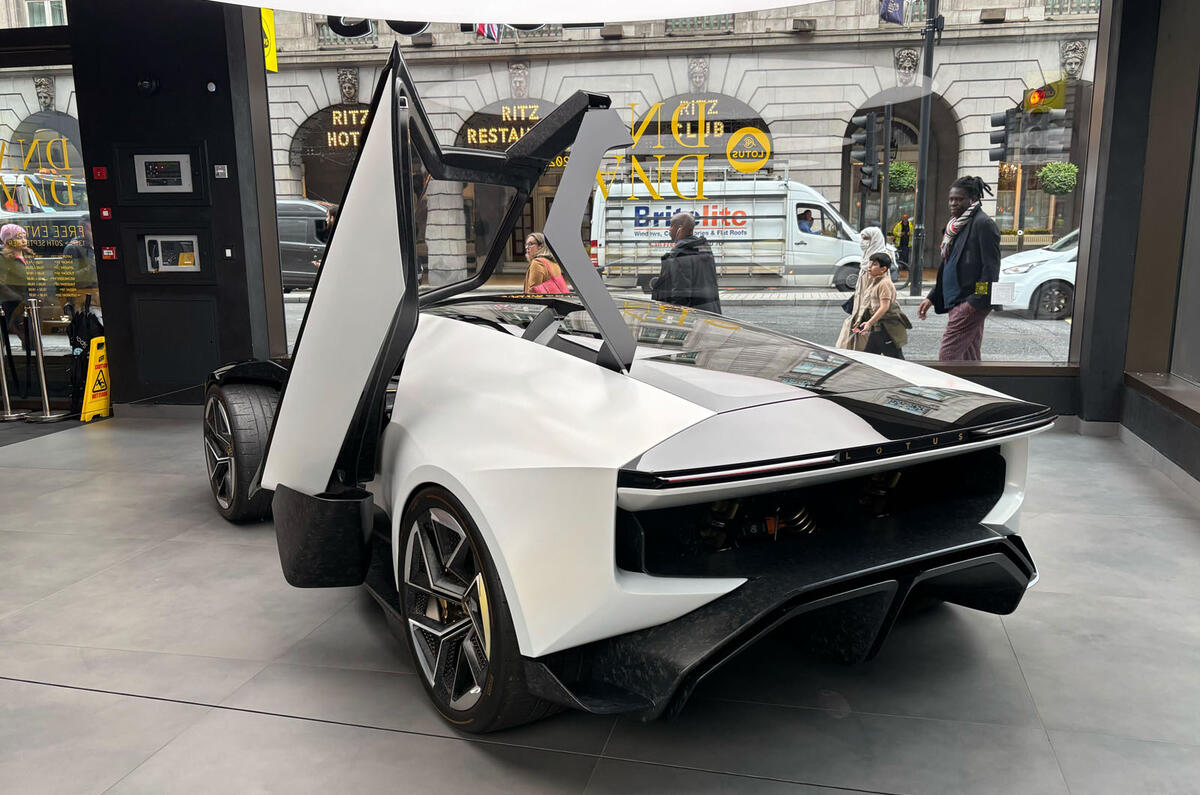
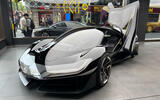
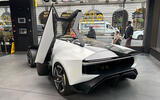






Join the debate
Add your comment
I like this article!
it's really interesting
Can't wait to open the doors in the rain and tip it all on to my passenger's lap!